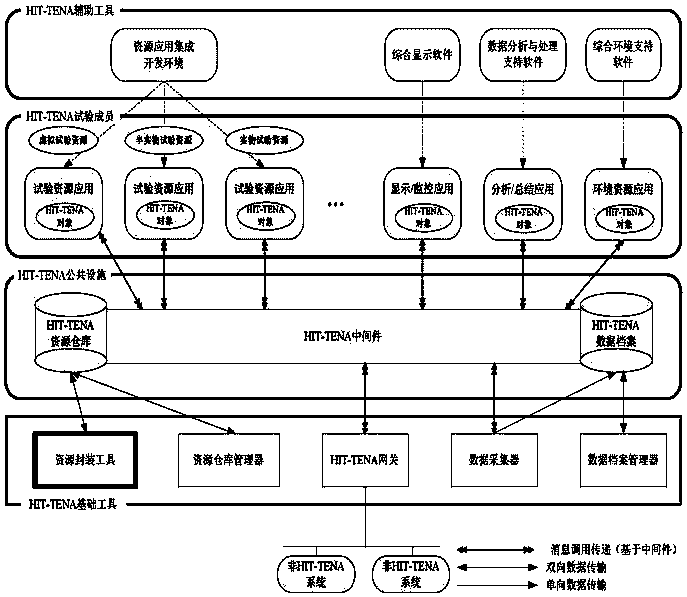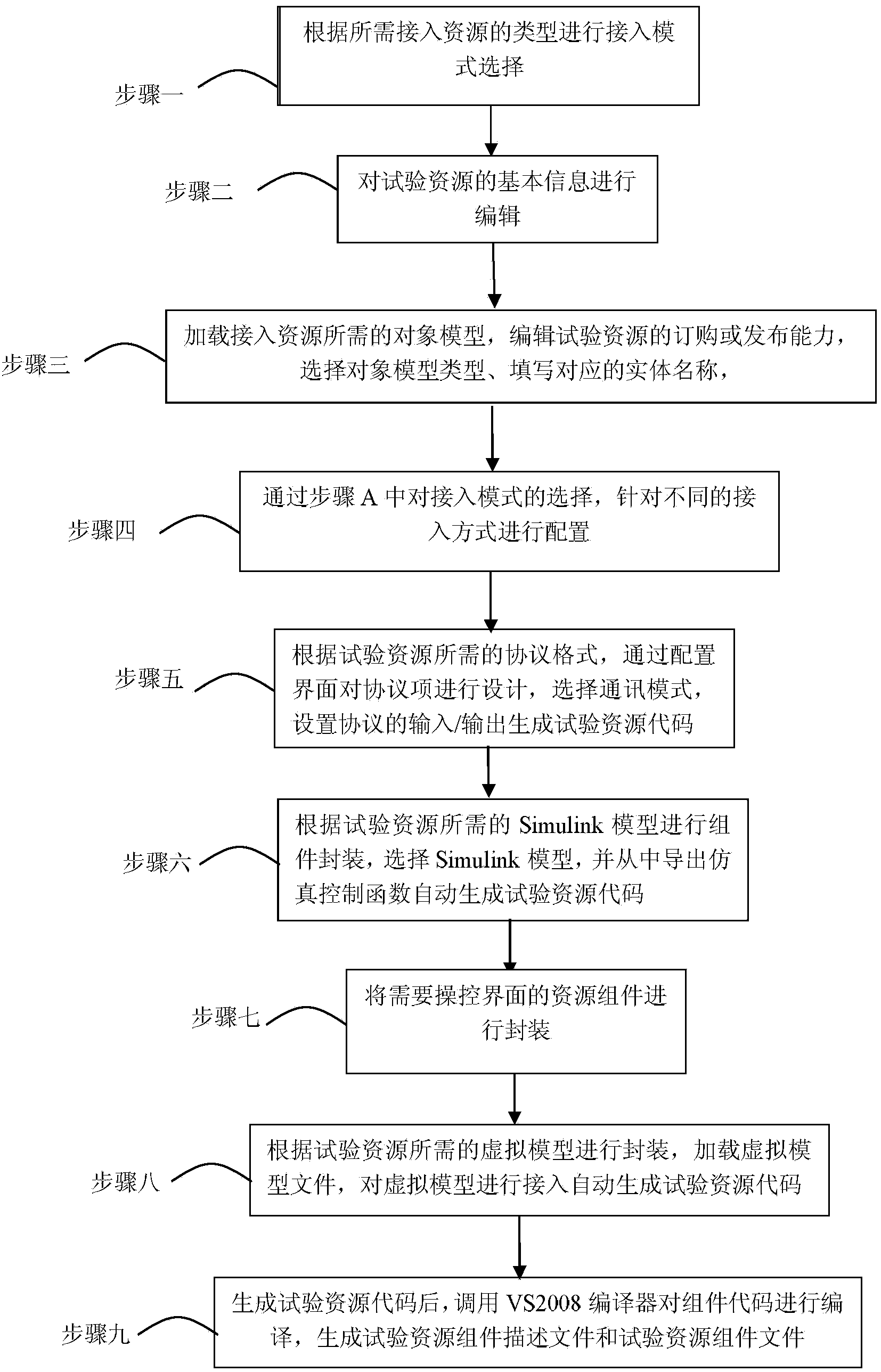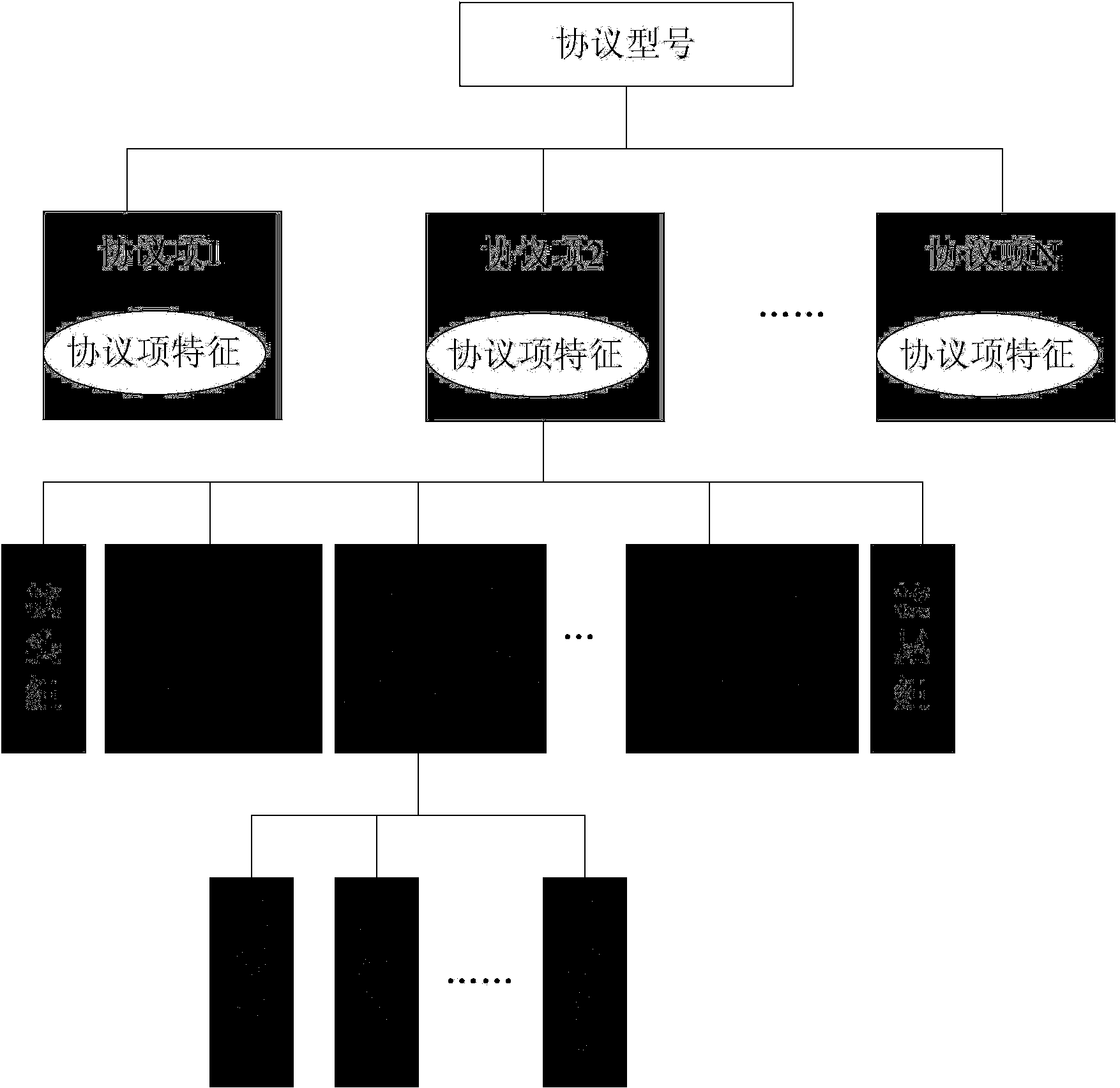Test resource rapid access method based on HIT-TENA
A HIT-TENA and access method technology, applied in the direction of program control devices, etc., can solve the problems of high difficulty in the access process, difficult to test the rapid organization and operation of the system, reduce writing and maintenance, realize reuse and composability, reduce workload effect
- Summary
- Abstract
- Description
- Claims
- Application Information
AI Technical Summary
Problems solved by technology
Method used
Image
Examples
specific Embodiment approach 1
[0041] Specific implementation mode 1: A HIT-TENA-based fast access method for test resources in this implementation mode is specifically prepared according to the following steps:
[0042] Step A, select an access mode according to the type of access resource required: the access mode includes resource component template encapsulation, general protocol mode encapsulation, Simulink model mode encapsulation, control mode encapsulation and virtual model mode encapsulation;
[0043] Step B. Edit the basic information of the test resource, wherein the basic information specifically includes resource component type name, resource project name, resource icon, project save location, project compilation location, resource host name and host IP address;
[0044] Step C. Load the object model required for accessing resources, edit the ordering or publishing capabilities of test resources, select the type of object model, and fill in the corresponding entity name; the object model is used...
specific Embodiment approach 2
[0051] Specific implementation mode 2: The difference between this implementation mode and specific implementation mode 1 is that the specific steps of editing the ability to order or publish test resources in step C are as follows:
[0052] Step C1, load the object model file, the object model file is the data type in the HIT-TENA architecture, data interaction is performed through the object model, the loaded object model is the data type of the test resource access in the HIT-TENA architecture interaction;
[0053] Step C2, analyze the loaded object model, analyze the name of the object model and the names and data types of the attributes of each level of the object model through the file characteristics of the object model, the analysis process is as follows Figure 7 :
[0054] The object model file is described by XML language. By loading the object model file, the parser obtains the DOM root node name and data type of the data structure in all levels to form a target cl...
specific Embodiment approach 3
[0056] Embodiment 3: The difference between this embodiment and Embodiment 1 or 2 is that in step E, according to the protocol format required by the test resource, the protocol item is designed through the configuration interface, the communication mode is selected, and the input or output of the protocol is set. The specific process is:
[0057] Step E1, design according to the protocol that the test resource can receive and send, wherein the content of the design is:
[0058] Edit the basic features of the protocol. The basic features include: protocol type, protocol source device, protocol target device, protocol length position, protocol length data type and remarks, etc.; among them, the protocol type includes ordinary frames and dynamic frames, and ordinary frames represent the length of the protocol And the information content is fixed, and the dynamic frame indicates that the length of the protocol and the information content are dynamically changed; the dynamic frame...
PUM
 Login to View More
Login to View More Abstract
Description
Claims
Application Information
 Login to View More
Login to View More - R&D
- Intellectual Property
- Life Sciences
- Materials
- Tech Scout
- Unparalleled Data Quality
- Higher Quality Content
- 60% Fewer Hallucinations
Browse by: Latest US Patents, China's latest patents, Technical Efficacy Thesaurus, Application Domain, Technology Topic, Popular Technical Reports.
© 2025 PatSnap. All rights reserved.Legal|Privacy policy|Modern Slavery Act Transparency Statement|Sitemap|About US| Contact US: help@patsnap.com



